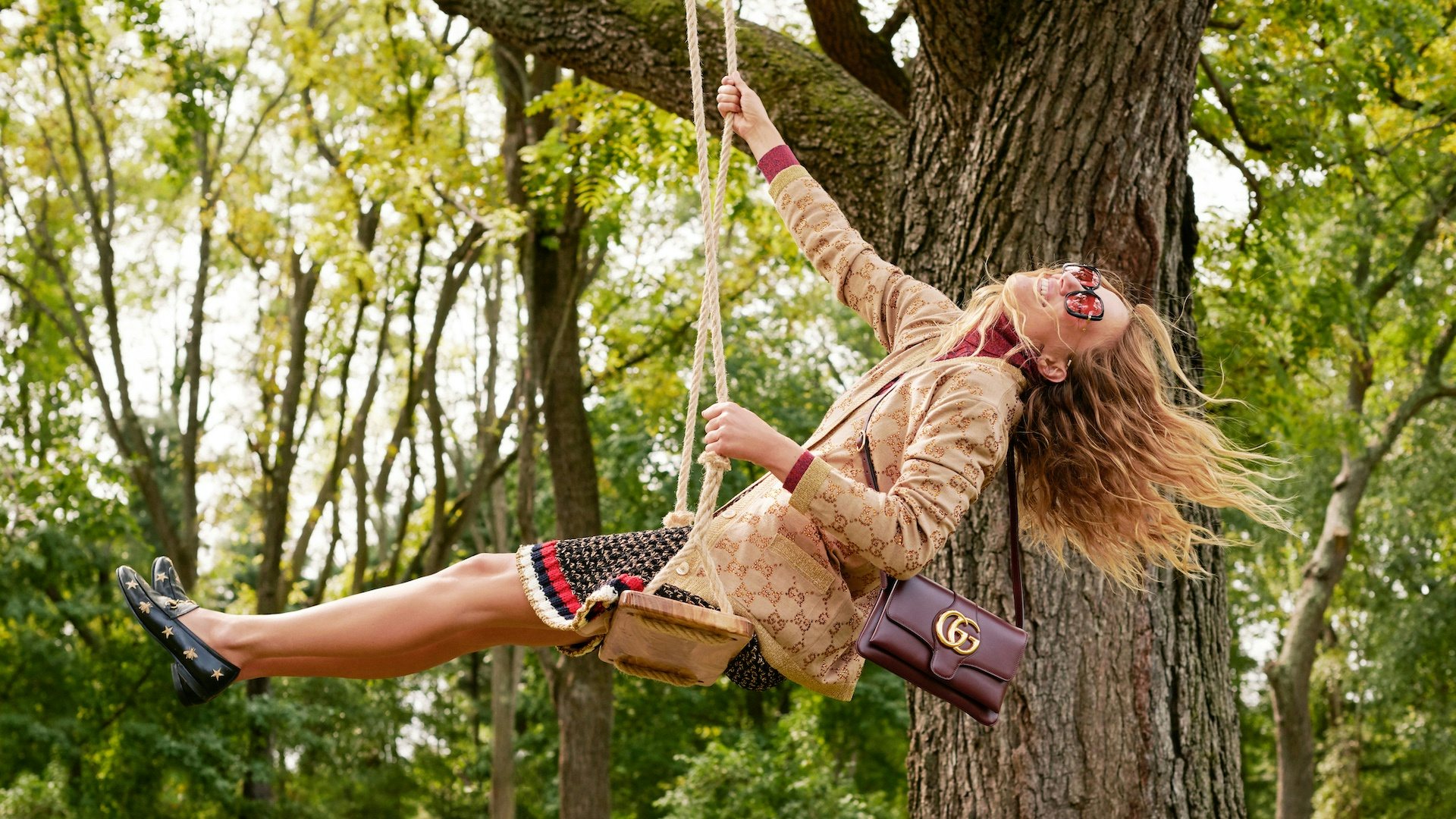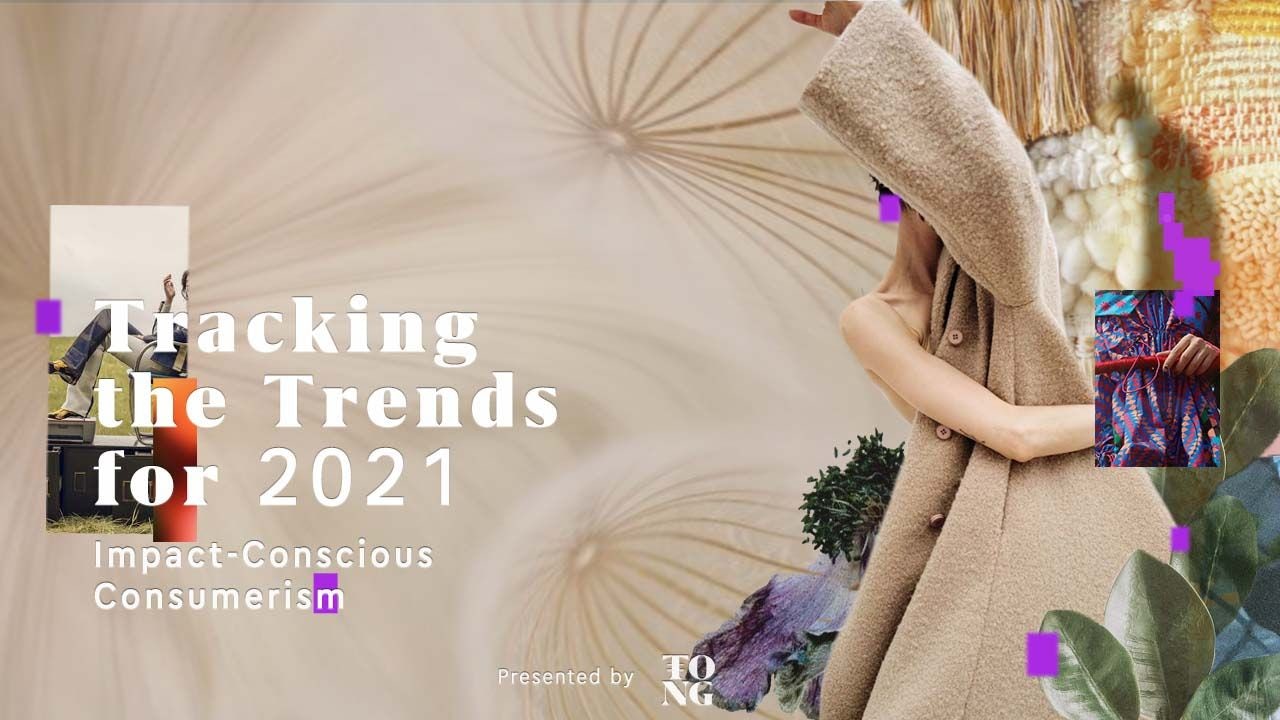Key Takeaways#
:
- Following a decade of uninterrupted growth, COVID-19 will be remembered as a positive shock that helped to eliminate complacency in a sector that has had it too good for too long.
- Brands must now properly know their consumers, rethink their retail footprints, repurpose their sales forces, and think appropriately about online.
- As luxury brands adapt to more demanding, post-COVID-19 consumers, the most important crisis-induced change will likely be a greater assertion of values and purpose.
John F Kennedy liked to repeat that, “when written in Chinese, the word crisis is composed of two characters. One represents danger, but the other represents opportunity.” I happen to share that same glass-half-full view about luxury’s outlook over the next ten years.
In my book, Future Luxe, I focus on how the luxury industry can expect growth post-COVID-19. And, unexpectedly, the nicest Christmas gift I’ve received thus far has been the notes from readers who work in the luxury industry, thanking me for my enthusiasm and the hope it gave them that there is light at the end of the tunnel. Truthfully, I do see many silver linings in the COVID-19 crisis.
At the macro level, all of us will remember the disease, fear, deaths, and economic despair that this year wrought. But for those of us in the business of luxury, we will remember 2020 as a pivot point, when management teams got their acts together and made some tremendous progress.
Just as we have become familiar with new expressions like “super-spreader” and “flattening the curve” or habits such as “wfh” (working from home) and videoing happy hour with friends on Zoom or WhatsApp, so too will the luxury sector evolve because of this pandemic. Luxury brands will have to adopt a new vocabulary and rules while remaining open-minded about what these circumstances could bring. As Henry Kissinger once said, “a diamond is just a chunk of coal that did well under pressure.”
As luxury brands shook off their complacency, COVID-19 may well prove, in hindsight, to have been a catalyst for positive changes — changes that were made possible by the luxury’s creativity, optimism, and resolve. Below are a few examples of how industry progress, which normally takes years, has happened in a matter of weeks during 2020.
Consumer insights via localization#
As borders shut in rapid succession this year, Chinese consumers who used to make the bulk of their purchases outside of the Mainland disappeared from traditional luxury hotspots in Europe, Hong Kong, Macau, South Korea, and other Asian destinations. The silver lining? Local managers were able to focus on the local clientele that they’d been ignoring for too long.
Louis Vuitton and select others mastered the art of reaching their Chinese consumers, and they soon saw double-digit sales growth with local clients after the first wave of COVID-19. When I worked in luxury brands 15 years ago, I didn’t know who was buying our products. Today, knowledge is power, and many brands have become much more informed about their local consumers.
Rethinking your retail footprint#
When the world reopens, Chinese consumers will start to travel again, and they will buy abroad. But I am convinced the bulk of business will stay local. The repatriation of growth will accelerate store closures in the West, leading to rebalanced lease renegotiations globally. But it will also hasten plans for greater penetration of the Mainland China market.
Individually, as consumers cautiously return to stores, businesses will need to give them a good reason to return. Therefore, their visits must be fun, entertaining, educational, or surprising. The silver lining? Brick-and-mortar stores will never be the same after this crisis, and brands know that they have to make offline shopping worth your while.
Alongside a new way of thinking about stores, luxury sales forces will now have to think creatively. How can they sell to consumers when the world is closed? Inside their homes via their phones or on Zoom, how do they reinvent their skill sets to stay relevant, project empathy, and generate enthusiasm for their brands? Some sales associates will have been alienated by this crisis, but most will just become better at their trade.
Selling online#
I remember when luxury managers said their products would never be sold online (famous last words). But when the world has shut down, what choice do you have? So businesses quickly had to figure out which online partners to collaborate with, how click-and-collect works, and how to make shopping easier for their customers. If you are a brand like Nike, you worked it out a while ago. If you are a luxury brand, you can be thankful that an external event of this magnitude has finally forced you to think, decide, act. I still believe that brick and mortar will dominate luxury for years, but that doesn’t mean you should ignore how your customers live and how their habits evolve.
From product to purpose#
Yet, the most important long-term implications of the pandemic era are on consumer conscience and values. The world is likely facing worse threats than COVID-19 — even though it may not have felt that way in 2020 — with climate change being the most obvious one.
The ultimate silver lining from this crisis will build on a movement that has already gained in strength in recent years: Consumers, primarily young and female, will be more thoughtful about their choices and will increasingly buy less — but will buy better. Luxury clients will likely ask more questions. Environmental and social issues will be under heavier scrutiny, supply chain substitutes will emerge, a circular economy of luxury could develop, and brands will compete to become the most trustworthy. See? It isn’t all bad.
Erwan Rambourg has been a top-ranked analyst covering the luxury and sporting goods sectors. After eight years as a Marketing Manager in the luxury industry, notably for LVMH and Richemont, he is now a Managing Director and Global Head of Consumer & Retail equity research. He is also the author of Future Luxe: What’s Ahead for the Business of Luxury (2020) and The Bling Dynasty: Why the Reign of Chinese Luxury Shoppers Has Only Just Begun (2014).

